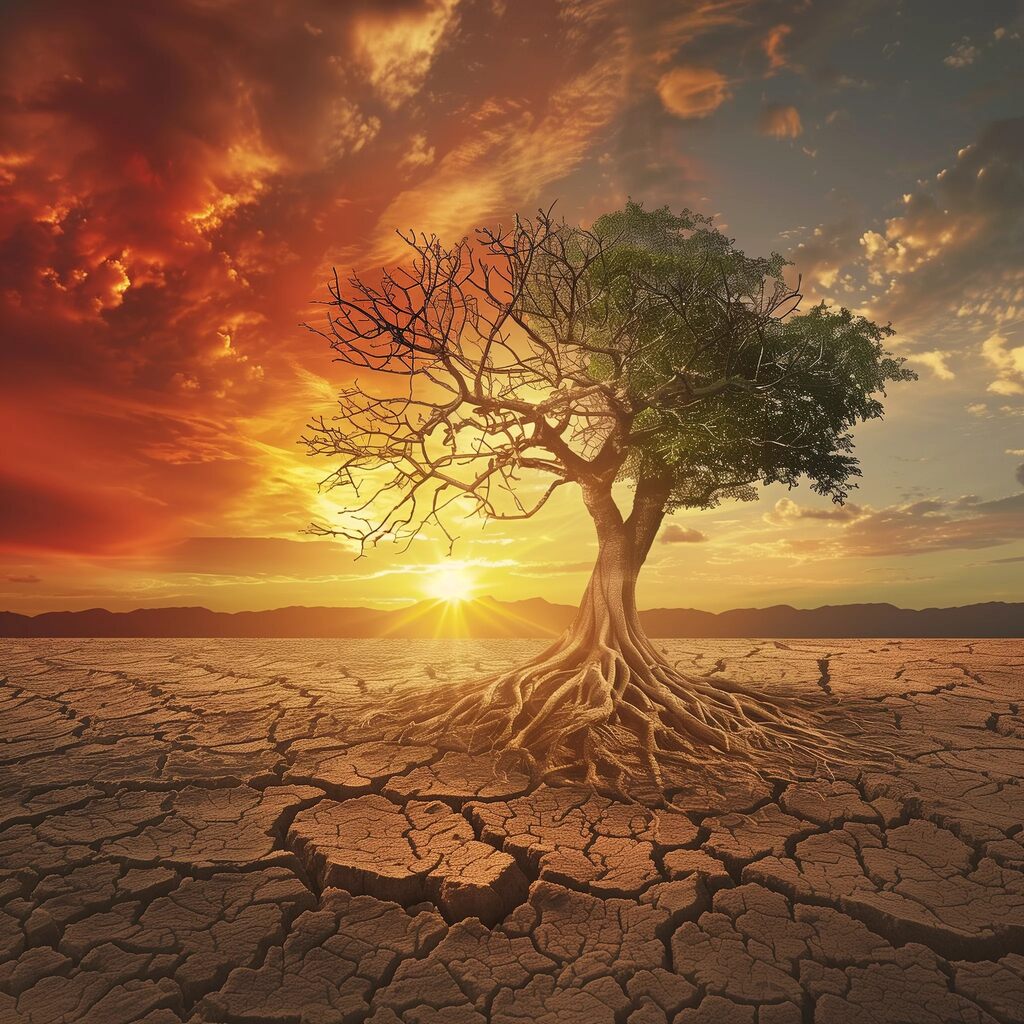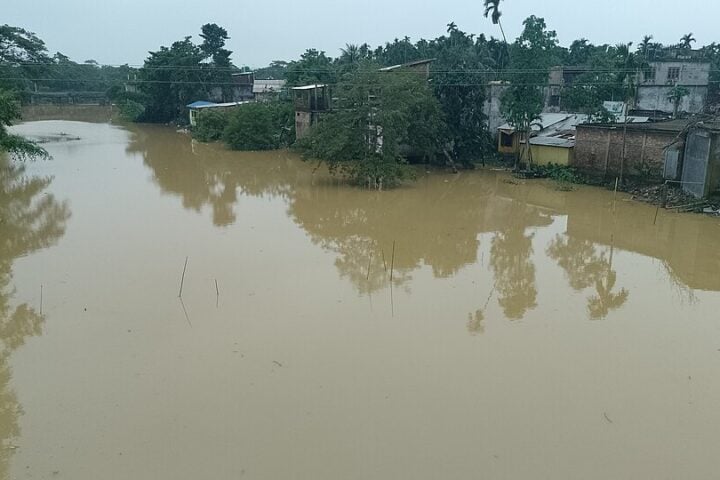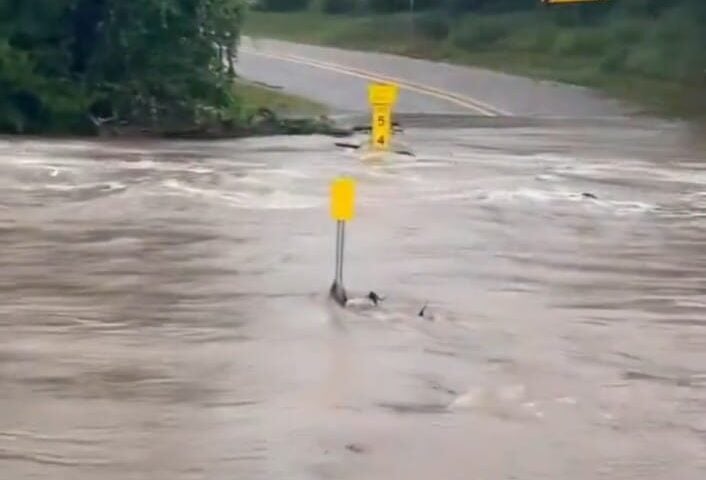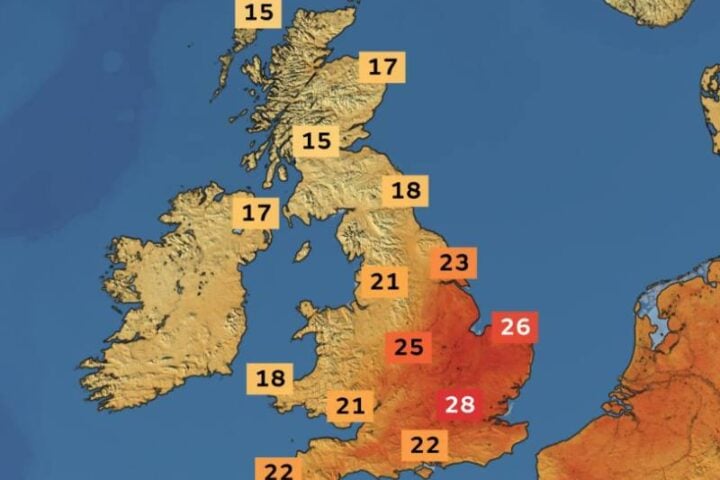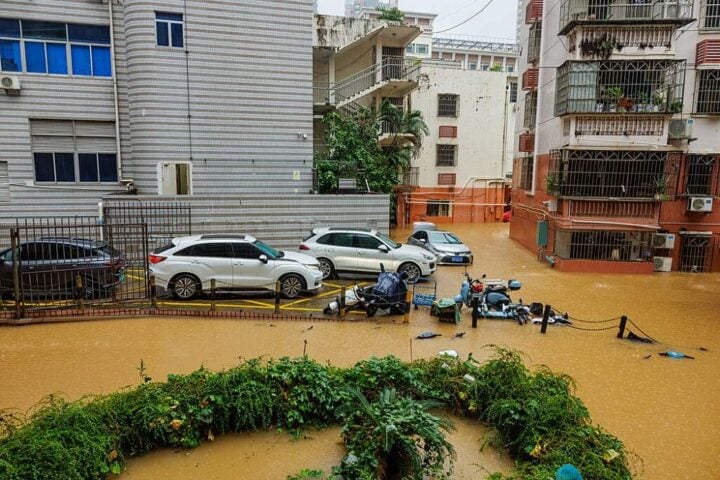Climate change could become the main factor in biodiversity loss by the middle of this century. This is confirmed by a study, published on April 25 in the journal Science, led by researchers from the German Centre for Integrative Biodiversity Research (iDiv) and Martin Luther University Halle-Wittenberg (MLU). The research, which references several models, not only predicts the loss but also looks back: global biodiversity has decreased between 2% and 11% during the 20th century solely due to land use change.
According to the Intergovernmental Science-Policy Platform on Biodiversity and Ecosystem Services (IPBES), land use change is considered the biggest driver of biodiversity change. This factor is followed in importance by the direct exploitation of organisms, climate change, pollution, and the invasion of invasive species. The IPBES report indicates that these five direct drivers stem from a series of underlying causes—indirect drivers of change—that are in turn supported by social values and behaviors, including production and consumption habits, human population dynamics and trends, trade, technological innovations, and governance systems, ranging from local to global levels.
To assess the impact of land use change and the effects of the climate crisis, the authors of the Science paper analyzed four different parameters of biodiversity—global species richness, local species richness, average habitat extent of species, intact biodiversity—and designed seven models from them. “By including all world regions in our model, we were able to fill many blind spots and address criticism of other approaches working with fragmented and potentially biased data,” says one of the authors, Professor Henrique Pereira, head of the research group at iDiv and MLU.
Similar Post
The team of researchers states in the study that in the last century there has been a massive increase in provisioning ecosystem services, such as food and timber production, while other types of regulatory services, such as pollination, nitrogen retention, or carbon sequestration, have moderately decreased. Using another set of five models, the authors also calculated the simultaneous impact of land use change on so-called ecosystem services, i.e., the benefits that nature provides to human beings.
The results indicate that climate change could put additional pressure on biodiversity and ecosystem services, and although land use change remains important, climate change could become the main factor of biodiversity loss by 2050. The aim of the long-term scenarios “is not to predict what will happen. Rather, it is to understand alternatives, and therefore avoid these trajectories, which might be least desirable, and select those that have positive outcomes. Trajectories depend on the policies we choose, and these decisions are made day by day,” says co-author Inês Martins, from the University of York.
Furthermore, the team evaluated three scenarios, from sustainable development to high emissions, and in all of them, the combined effects of land use change and climate change cause a global loss of biodiversity (although with considerable variations among different regions of the world, models, and scenarios).”There is no doubt that there are uncertainties in modeling,” but even so “our findings clearly show that current policies are insufficient to meet international biodiversity goals. We need renewed efforts to make progress against one of the world’s largest problems, which is human-caused biodiversity change.,” warns Pereira.
